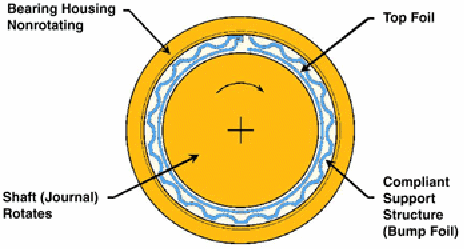Oil is a lubricant, used to reduce friction in car engines. Water also acts as a lubricant - try walking down the street in leather soled shoes when it is raining - don't carry anything you don't want to break should you fall over.
Air too has long been thought of as a possible lubricant. As long ago as 1854 the possibility was suggested, by a French scientist, Gustav Hirn. When a fine surface is required it is usual to use a grinding wheel. Not the slightest wobble may be present, else the surface would not be smooth. Oil lubricated bearings, with very tight clearances had to be used because oil is virtually incompressible, so it was not possible to compress the oil between any bearings in the machinery to take up any imperfections in the bearings.
Air though, is much more compressible. Very tight clearances are unnecessary. The air forms an elastic layer between the lubricated surfaces to even out spindle imperfections and give truer rotational accuracy. On top of this, a constant outflow of air from the bearings prevents the inflow of grinding dust. The machines can be used immediately on starting, unlike oil lubricated machines which must be run until operating temperature is reached. Shorter production runs and greater precision are possible simultaneously. An air lubricated bearing is shown below.

Modern applications include the hovercraft and trains which run on a cushion of air on inverted T - rails. In confined spaces, heavy weights are moved around on hover pads, which use a flexible pleated skirt to take up any unevenness in the ground and retain the air beneath the skirt. A famous example was provided by an oil storage tank which was moved 320 m using an aircushion, crossing a road and a railway track on the way.